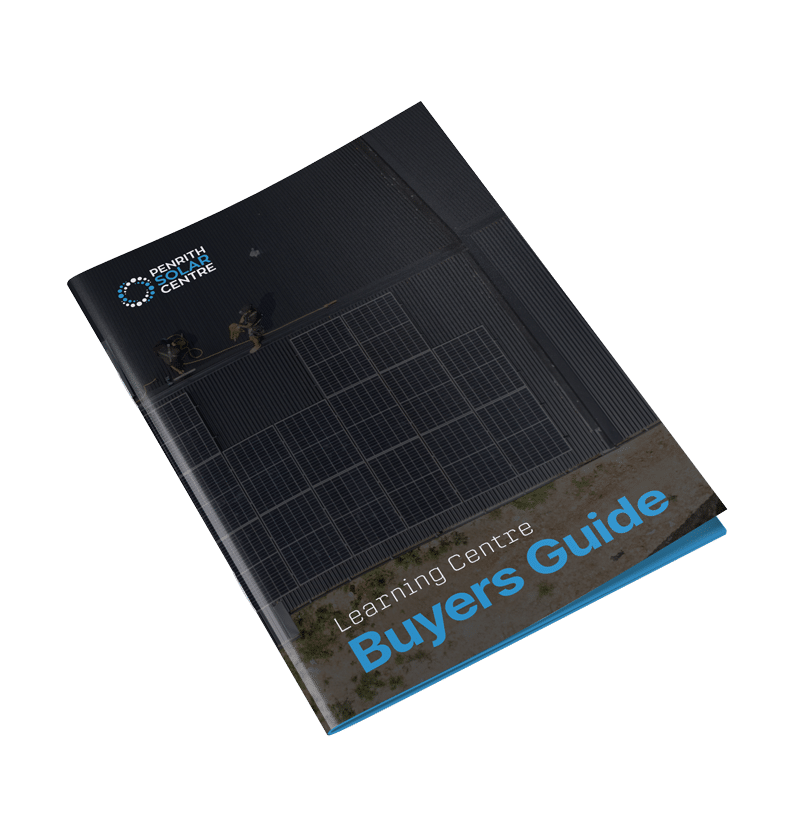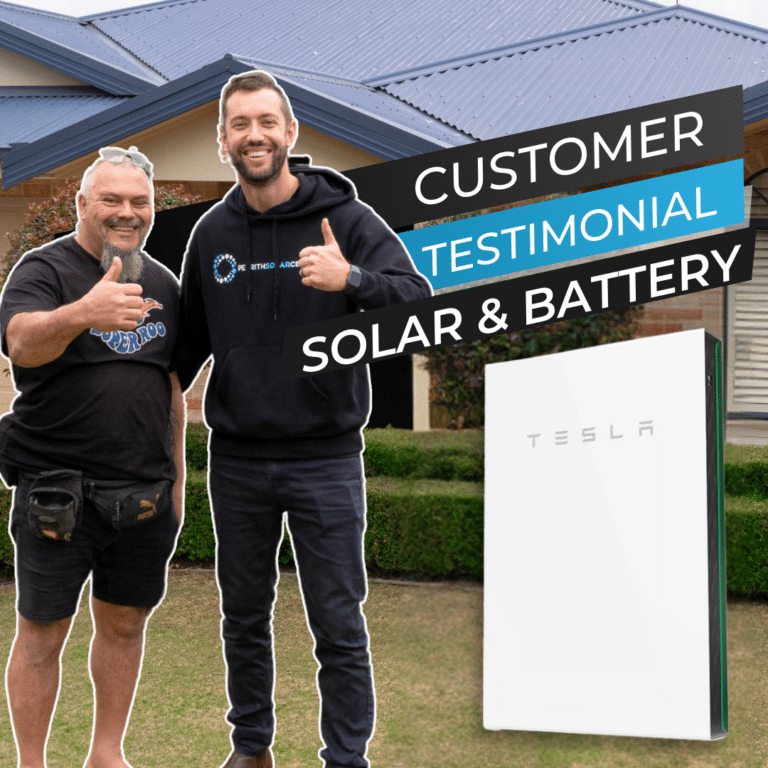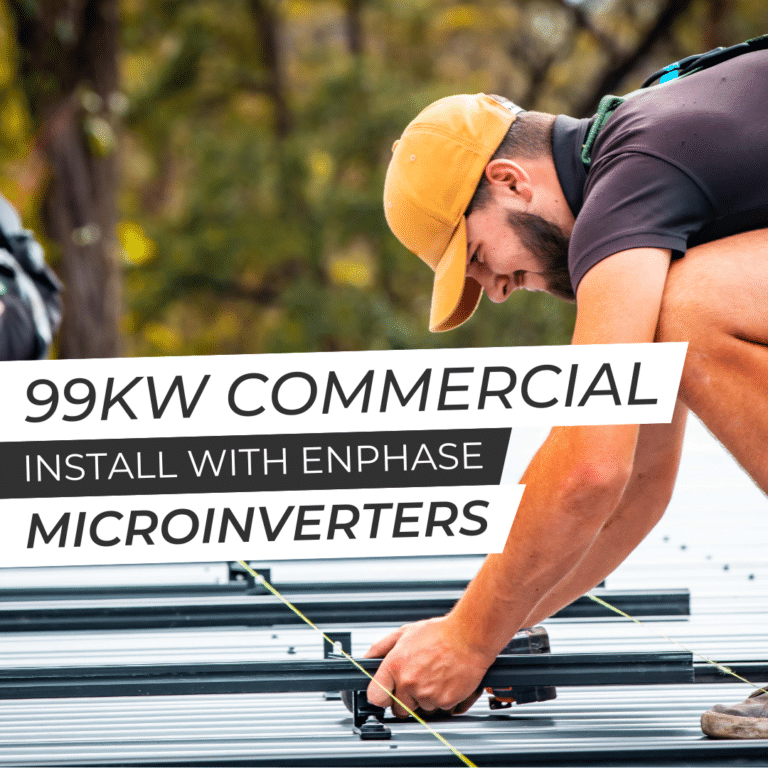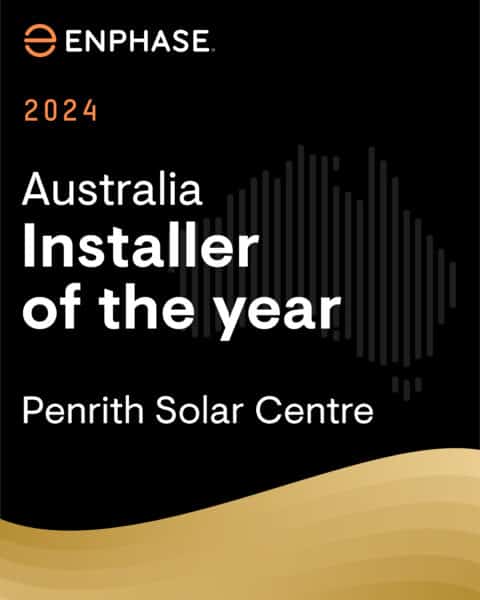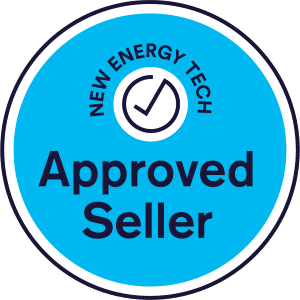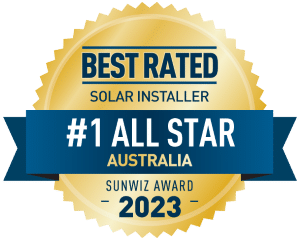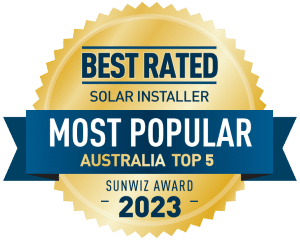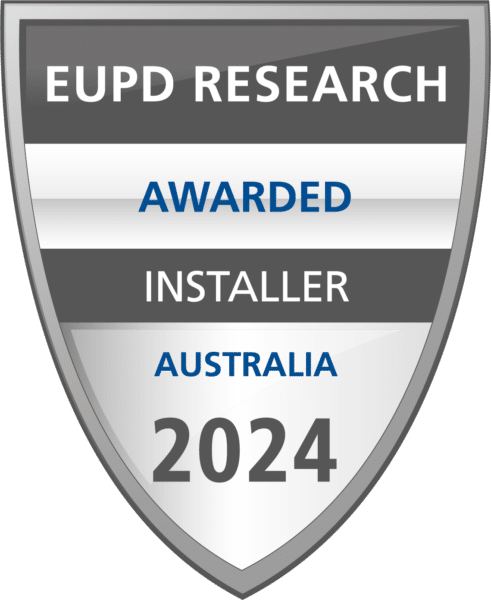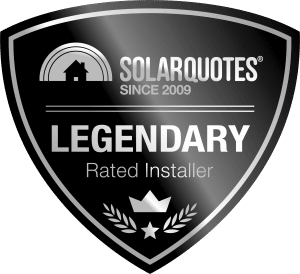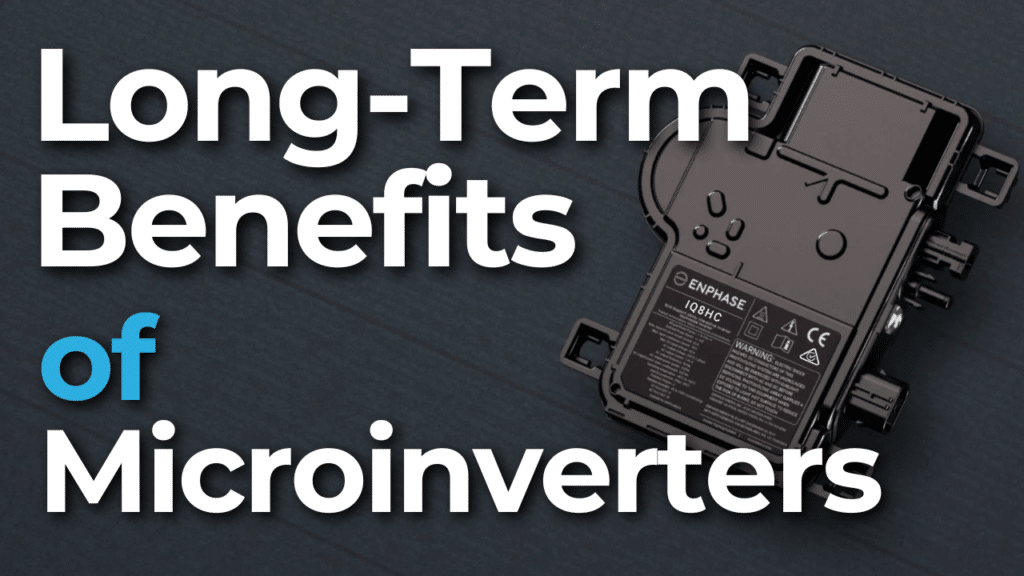
You’re considering the switch to solar energy, and while doing your research, you’ve come across something called “microinverters.” At first glance, they seem expensive compared to traditional string inverters, and you’re wondering, “Why? What makes them worth the extra cost?”
We get it. Navigating the world of solar technology can feel overwhelming. But here’s the good news: microinverter solar systems are the most efficient systems you can get.
At PSC Energy, we’ve seen countless homeowners wrestle with the same question. And after helping thousands of families make the switch to solar, we can confidently say this: microinverters aren’t just a purchase – they’re an investment in long-term efficiency and savings.
In this article, you’ll learn the following:
- What Do Microinverters Do?
- Cost Comparison: Microinverters vs. String Inverters
- Are Microinverters Better Than String Inverters?
- The Importance of Real-Time Energy Use Monitoring in a Microinverter System
- Scalability for Future Growth: Microinverters vs. String Inverters
By the end of this article, you’ll know everything you need to know about how microinverters work. We’ll dive into why they cost more upfront. You’ll also find out why they’re the smartest choice for anyone serious about solar.
What Do Microinverters Do?
The inverter (or microinverter) acts as a translator: your solar panels speak one language and your home speaks another. Solar panels produce direct current (DC) electricity. Your home, the lighting, and all the appliances run on alternating current (AC) electricity.
The inverter (or microinverter) converts the DC electricity to AC electricity.
Microinverters and string inverters both perform the same function in a solar system. They just go about it in different ways. In a string inverter system, this conversion happens on the side of the home where the inverter is located.
Microinverters work differently. Instead of one centralised brain controlling everything, each panel has its own translator in the form of a microinverter.
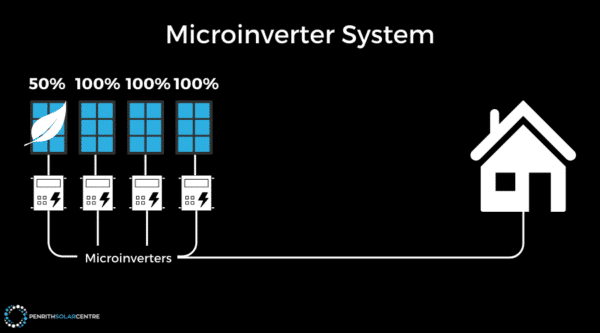
This decentralised design is what sets microinverters apart from traditional string inverters. A string inverter processes the energy from a chain of solar panels all at once. Microinverters handle energy conversion panel by panel.
In a microinverter system, where each single-phase microinverter is mounted beneath the solar panel, this conversion happens at the panel level. This drastically increases system efficiency.
If you’re interested in learning a bit more about how microinverters compare to string inverters, you might want to check out the following article titled, Microinverters vs. String Inverters: A Transparent Comparison.
Cost Comparison: Microinverters vs. String Inverters
It’s natural to flinch at the higher upfront cost of microinverters. But the real question isn’t “How much do they cost now?” It’s, “How much will they save me over time?”
The payback period is the amount of time it takes for the cost of the system to pay for itself. We’re going to avoid that math for the sake of this article, but if you’re interested in seeing some figures, you might want to check out the following article titled, Cost of Solar Panels vs. Cost of Energy from the Grid.
In broad terms, a microinverter solar system will cost somewhere between $1.30 – 1.80 per watt. A string inverter solar system of the same size will be somewhere in the ballpark of $0.60 – 1.00 per watt.
We know what you’re thinking: it looks like microinverters might be as much as double the cost of a string inverter system.
Sometimes they are, sometimes they’re not. The upfront cost is less important than savings over time. Let’s look at the lifespan and warranty of each.
Here’s the breakdown:
Lifespan and Warranty
- Microinverters come with a 25-year warranty. They’re built to last as long as your solar panels.
- String inverters, on the other hand, are only warranted for 5 – 10 years. They usually need a replacement within that time frame. This adds significant repair and replacement costs over your system’s lifetime. You’ll probably need to replace your inverter more than once to match the lifespan of your solar panels.
Every time you replace that inverter; you’re extending the payback period of your system.
The low-cost payback period string inverters have (2 – 3 years) turns into a 4 – 5 year payback period. This matches most microinverter systems.
But that estimate only applies to the upfront cost and warranted period. We haven’t gotten into the efficiencies of each type of system.
If you’re interested in learning a bit more about how microinverters compare to string inverters from a cost point of view, you might want to check out the following article titled, Cost of Microinverters vs. Cost of String Systems.
Ready to go solar? Click here.
Are Microinverters Better Than String Inverters?
We mentioned how each inverter works as the centralised or decentralised “translator” for the solar system. Let’s look at how they work.
In terms of energy efficiency, string inverters and microinverters are wildly different.
Solar Power Output: Imagine one panel in your solar array gets shaded by a tree or covered with debris. With a string inverter, the entire system’s performance takes a hit. This is because the system is centralised with the inverter calling the shots for the whole string of panels.
A dip in the production of one will signal for all the panels in that string to dip to match it.
Microinverters, however, isolate the problem by isolating the panel, ensuring the unaffected panels continue producing energy at full capacity.
Here’s a graphic to illustrate the point:
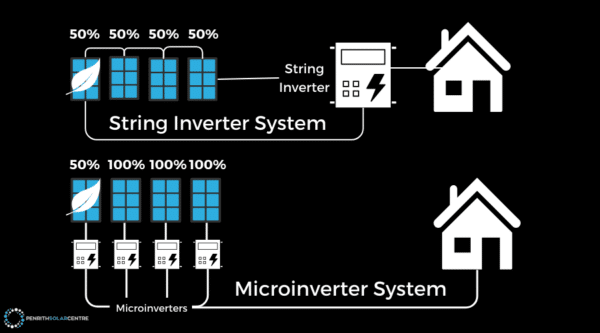
When panels are connected in a series on a string, the flow of electricity is dependent on the weakest link in the chain. Think of it like a garden hose with a kink: the water pressure is reduced throughout the entire hose, not just at the kink.
Now, we know what you might be thinking: my roof doesn’t have any shade, why would I need microinverters? Well, cloudy days cause shading on your system. Obstructions do the same. Your panels will eventually get dirty and dusty, or a splatter of bird droppings can cause a drop in production.
Efficiency Equals Savings
Because microinverters get your system running in suboptimal conditions, they will generate more electricity and savings for your household over the years. This efficiency often offsets their higher initial cost quickly, as we mentioned it’s usually within 4-5 years.
Solar energy is all about the long game, and this is where microinverters shine.
- Minimised Energy Loss: By converting energy at the panel level, microinverters make sure each panel is working at maximum efficiency, even if others are shaded, dirty, or experiencing technical issues.
- Consistency in Savings: Over decades, this consistent performance can translate to thousands of dollars saved on energy bills.
These numbers add up significantly over 25 years.
If you’re interested in learning more about how a microinverter system performs compared to Powerwall 3, you might want to check out the following article titled, Enphase Microinverters vs. Tesla Powerwall 3: Which Solar Panel System is Right for You?
The Importance of Real-Time Energy Use Monitoring in a Microinverter System
A microinverter system gives you the ability to monitor your energy production and usage in real time. Instead of guessing how your solar panels are performing, you get a detailed, panel-by-panel breakdown right at your fingertips.
This is done through the Enphase Enlighten App. It’s a free software that comes with the purchase of a microinverter system.
Why does monitoring the system in real time matter?
Troubleshooting
Well, with traditional string inverter systems, you only get a big-picture view of your entire system’s output. If something goes wrong, like shading from a tree, dirt buildup, or a malfunction, you have no way of knowing exactly where the issue is.
But with microinverters, you can see the performance of each individual panel. That means if there’s a problem, you can spot it and fix it quickly, without wasting time or energy.
Because a microinverter system has panel-level monitoring, repairing malfunctioning microinverters or solar panels is easy as can be. You have all that information at your fingertips through the Enphase Enlighten App.
With string inverters, one failure can bring your entire system to a halt, leading to costly diagnostics and repairs. Microinverters isolate issues to the affected panel, saving you time and money on maintenance.
For homeowners, this means fewer maintenance headaches and a system you can count on for decades.
Load Shifting
Real-time monitoring isn’t just about troubleshooting. It’s also about saving money. By seeing when your system is producing the most energy, you can plan your usage to match.
For example, you could run your dishwasher or charge your EV during peak solar hours, cutting down on your electricity bills.
At the end of the day, real-time monitoring gives you control and peace of mind. It’s like having a speedometer for your system, helping you optimise performance, reduce waste, and make the most of your solar investment.
String systems don’t have this, but Enphase systems include it for free with your purchase.
If you’re interested in learning a bit more about the benefits of microinverters, you might want to check out the following article titled, What Are the Benefits of an Enphase Microinverter Solar System?
Click here to start saving with solar.
Scalability for Future Growth: Microinverters vs. String Inverters
Your energy needs today might not look the same a few years down the road. Maybe your family will grow, or you’ll invest in an electric vehicle, install a heated pool, or set up a home office.
Whatever the case, having a solar system that can grow with you is crucial. And that’s where microinverters truly shine.
With a microinverter system, expanding your solar setup is simple and straightforward. Each panel operates independently. When you decide to add more panels, you don’t need to reconfigure or overhaul your existing system.
The new panels, each with its own microinverter, integrate seamlessly into the setup. This makes scaling up stress-free.
Now, let’s compare this to string inverters. In a string inverter system, all the panels are interconnected in a series. The efficiency of the entire string will be compromised if the new panels don’t match the performance characteristics (like voltage and current) of your existing ones.
Adding new panels to the string can be a headache. You may need to replace your existing string inverter with a larger one to handle the additional capacity, which can be both costly and time-consuming.
In short, microinverters give you flexibility. You won’t face unexpected costs or complicated upgrades when your energy needs grow.
If you’re interested in learning a bit more about microinverters, you might want to check out the following article titled, Myths & Misconceptions About Solar Microinverters.
Click here for sunshine savings.
Microinverters Rays the Roof Every Time
We understand that cost is a major factor when choosing a solar system. But remember, the best investment isn’t always the cheapest one. It’s the one that delivers the most value over time.
Choosing microinverters is more than just a financial decision; it’s an investment in your home’s energy future.
At PSC Energy, we help customers make the smart choice for their solar system every day. It’s what we do. We’ll be here when you’re ready to future-proof your home, maximise your energy savings, and reduce your carbon footprint.
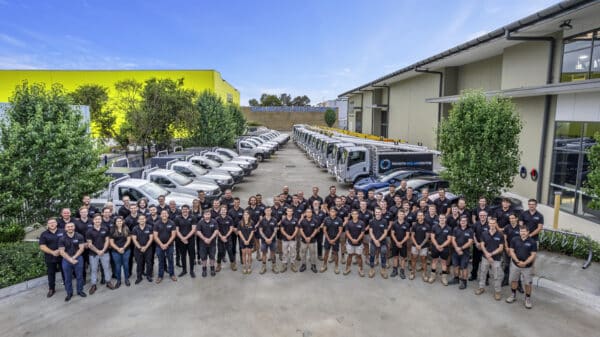
If you’re interested in learning a bit more about the cost of an Enphase solar system, you might want to check out the following article titled, How Much Does a Microinverter Solar System Cost?

